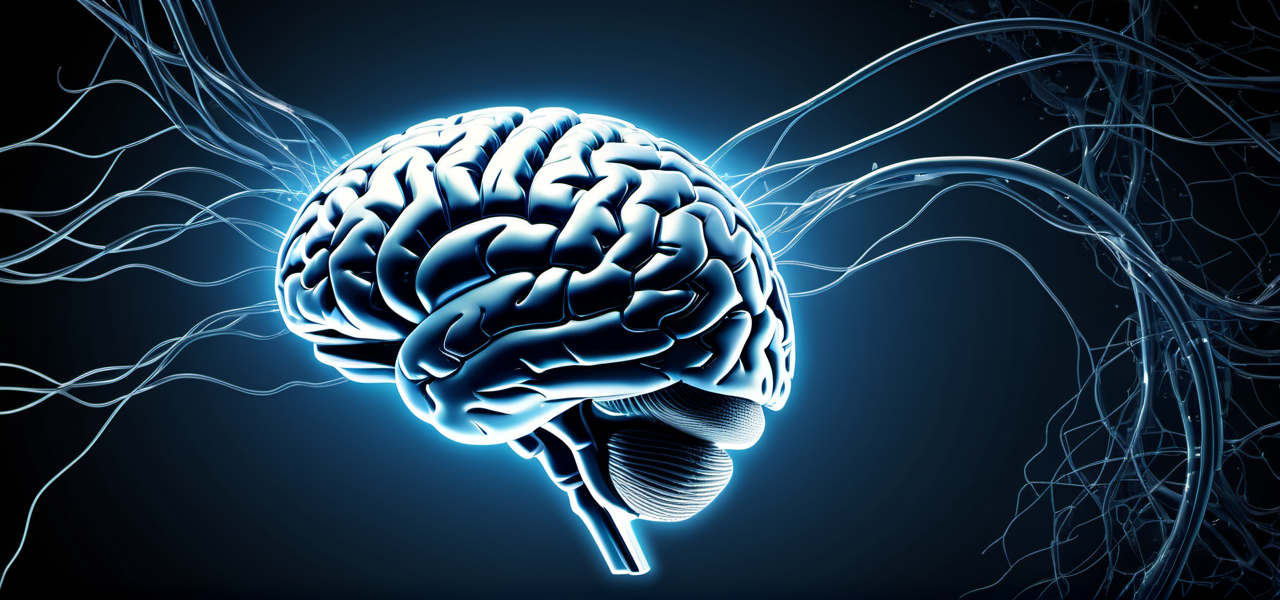Where does consciousness come from? The brain is certainly involved—but how? Scientists have been trying to figure out how consciousness works since the beginning of recorded history, and it’s still a mystery.
There are a few modern theories that attempt to explain consciousness. One prominent model is called Integrated Information Theory (IIT). It claims that consciousness naturally emerges when a physical system, like the neurons in a brain, organize and manipulate information in certain ways. It proposes a precise mathematical calculation of how much information can be represented by the entire system (or brain) that would be lost if you split the information into smaller, independent parts. It’s like how an orchestra can produce richer music than the instruments playing independently.
IIT predicts that a traditional computer would have little chance of being conscious because information is stored and managed in independent bits and components, while biological brains are more likely to become conscious because information is distributed as a whole across wide areas of the brain. The predictions of IIT correlate well with our everyday intuition of what is conscious and what is not.
Another model is called Global Workspace Theory (GWT). It’s less about the structure of information and more about how information gets distributed during conscious thought processes. GWT envisions consciousness as a theater of information. Consciousness emerges when selective information is gathered onto the stage and spotlighted so that it can be accessed and manipulated by global brain processes.
There’s plenty of debate about whether these models explain the cause of consciousness. Skeptical scientists agree that such models correlate with how consciousness functions, but correlative models don’t necessarily explain causation.
The proponents of IIT, GWT, and similar models are quick to claim that the right kind of information processing necessarily creates an entity that has inner, subjective experiences. The evidence for that claim is that the nature of consciousness in humans correlates with certain kinds of information processing, so they infer that the right kind of information processing must be the cause of consciousness.
That claim is admirably hopeful, but flawed because of its circular logic.
Here’s an analogy using gravity as an example. We can agree that gravity works like a spring that pulls things downward, but it would be a mistake to say that springs explain gravity. We can also agree that gravity can be described by the formula F = G(m1m2)/r², but a descriptive formula doesn’t help us understand the cause of gravity.
Models that correlate with consciousness might help neuroscientists better understand brain health and pathology, but at this point, their explanation for why we have subjective inner experiences is based on wishful circular logic.
However, the models are not without value. We now know that gravity results when mass distorts spacetime. But to reach that much understanding of gravity, we had to start with simple analogies (“it’s a force like a spring”), then progress to descriptive mathematical formulas, and then wait for Einstein to develop General Relativity. In the exploration of the origins of consciousness, we have analogies, we’re working on descriptive formulas, and now we’re waiting for another Einstein to take the next step.

Leave a Reply